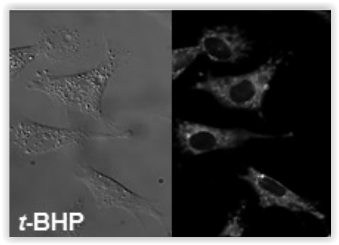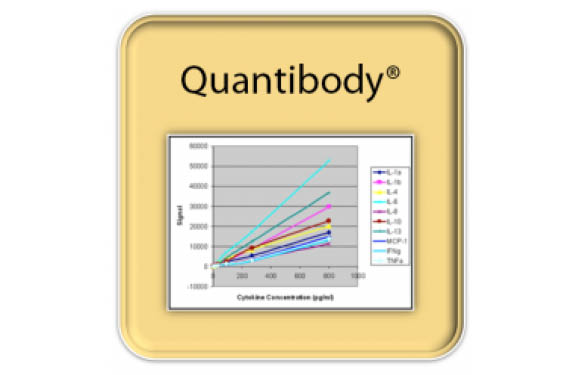Dojindo just completed its offer in the field of mitochondrial research with the release of a unique fluorescent dye for live cell imaging. This post introduces this new MitoPeDPP mitochondrial probe.

MitoPeDPP is a probe that allows the monitoring and fluorescent imaging of lipohilic peroxides in living cells.
Cell permeable, this perylene-based dye has been developed by Dr Shioji (Kukuoka University). Its molecular structure makes it possible to easily enter into cells and remain accumulated in the inner membrane of mitochondria. Once oxidized by lipophilic peroxide (but not with ROS and RNS), Ox-MitoPeDPP emits a strong fluorescent signal (excitation 452 nm, emission 470 nm) ideal for monitoring lipophilic peroxide by live cell imaging.
The MitoPeDPP (cat. nr M466-10) comes as 3 vials of 5 µg in a tighly closed bag to protect the probe from light. The dye is easily reconstituted by adding 50 µl DMSO to a tube and dissolving MitoPeDPP with pipeting.
Used in conjuction with the MitoRed (Cat. R237-10), another cell-membrane-permeable rhodamine-based dye used to localize mitochondria by fluorescence, MitoPeDPP is an excellent selective probe for mitochondrial peroxides and mitochondrial research in general.


Interested in trying MitoPeDPP probe?
Feel free to contact me through or your local tebu-bio office for any further assistance.
Looking for more for mitochondrial detection tools with live cel l imaging?
l imaging?
You might like the following links:
- Interactive live cell imaging tool box to help you select your probes according to the organelle(s) or biomarker(s) of interest
 Interested in learning more about tools like this?
Interested in learning more about tools like this?
Subscribe to thematic newsletters on your favourite research topics.



